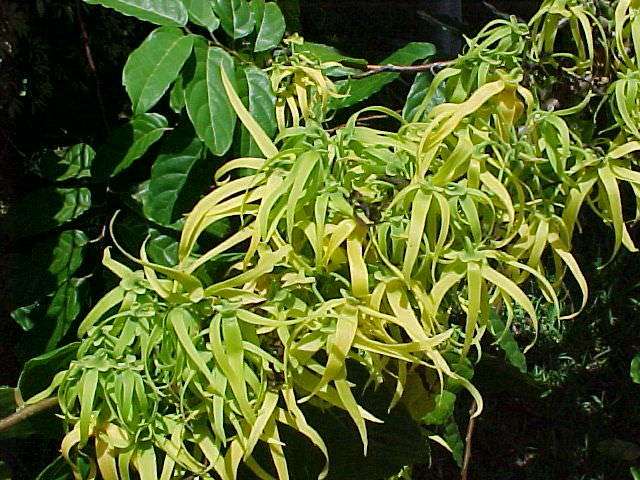We’ve, nevertheless, no right to count on absolute perfection in a part rendered ornamental by sexual choice, any greater than we have in a part modified via pure selection for real use; as an illustration in that wondrous organ the human eye. Another ejaculation-related disorder is delayed ejaculation, which can be brought on as an undesirable side impact of antidepressant medications corresponding to fluvoxamine; nevertheless, all SSRIs have ejaculation-delaying results, and fluvoxamine has the least ejaculation-delaying effects. It is also narrowly edged on the lower facet with a fulvous tint. The wing-feathers, bearing the ocelli, are lined with darkish stripes (fig. 57) or with rows of darkish spots (fig. 59), every stripe or row of spots working obliquely down the outer side of the shaft to one of the ocelli. The successive steps within the shading of the ball-and-socket ocelli may be followed out with equal clearness. It’s apparent that the phases in growth exhibited by the feathers on the identical bird, do not in any respect essentially shew us the steps handed by by the extinct progenitors of the species; however they in all probability give us the clue to the actual steps, they usually at least show to demonstration that a gradation is feasible.
 By looking to the subsequent two or three succeeding wing-feathers, a completely insensible gradation can be traced from one of many last-described basal spots, together with the next greater one in the identical row, to a curious ornament, which cannot be known as an ocellus, and which I’ll title, from the want of a better time period, an “elliptic ornament.” These are shewn in the accompanying determine (fig. 59). We here see several oblique rows. A spot typically breaks up into smaller spots, which still stand in their correct locations. Above and to the fitting of this spot (b fig. 59), with its brilliant shading, there’s a long slim, black mark (c), belonging to the same row, and which is arched a bit downwards in order to face (b). The lower part of the ring is invariably a little thicker than the other parts (see fig. 57), and this follows from the decrease black mark of the elliptic ornament (b fig. 59) having originally been thicker than the upper mark (c).
By looking to the subsequent two or three succeeding wing-feathers, a completely insensible gradation can be traced from one of many last-described basal spots, together with the next greater one in the identical row, to a curious ornament, which cannot be known as an ocellus, and which I’ll title, from the want of a better time period, an “elliptic ornament.” These are shewn in the accompanying determine (fig. 59). We here see several oblique rows. A spot typically breaks up into smaller spots, which still stand in their correct locations. Above and to the fitting of this spot (b fig. 59), with its brilliant shading, there’s a long slim, black mark (c), belonging to the same row, and which is arched a bit downwards in order to face (b). The lower part of the ring is invariably a little thicker than the other parts (see fig. 57), and this follows from the decrease black mark of the elliptic ornament (b fig. 59) having originally been thicker than the upper mark (c).
The basal spot, or that nearest the shaft, within the five decrease rows (excluding the lowest one) is just a little larger than the opposite spots of the same row, and a little bit more elongated in a transverse route. The brief secondary wing-feather (fig. 58), nearest to the physique, is marked like the other feathers, with oblique, longitudinal, slightly irregular, rows of very darkish spots. Mr. Gould, who kindly gave me a few of these feathers, totally agrees with me in the completeness of the gradation. It will, I feel, perplex anyone, who believes that the plumage of the Argus-pheasant was created as we now see it, to account for the imperfect condition of the uppermost ocellus. D to the next lower one, and so with the stripes E and F. Lastly, the a number of ocelli are separated from each other by a pale surface bearing irregular black marks. Each row of spots runs right down to and is linked with one of many elliptic ornaments, in precisely the same manner as each stripe in fig. 57 runs down to, and is connected with, one of many ball-and-socket ocelli. We have now seen that an ideal collection can be followed, from easy spots to the fantastic ball-and-socket ornaments.
The mark (b) corresponds in every respect with the basal shaded spot of the simple feather described within the final paragraph (fig. 58), but is more highly developed and extra brightly coloured. But this spot will not be in any far more outstanding than those on the plumage of many birds, and might simply be ignored. In the beautiful and curious moustache monkey (Cercopithecus cephus) the only distinction between the sexes is that the tail of the male is chesnut and that of the female gray; but Mr. Bartlett informs me that all the hues turns into extra pronounced within the male when adult, whilst within the female they stay as they had been during youth. These latter ornaments have been shewn to many individuals, and all have admitted that they’re lovely, some thinking them much more so than the ball-and-socket ocelli. I should add that on the secondary wing-feather farthest from the body, all of the ocelli are smaller and fewer perfect than on the other feathers, and have the upper a part of the ring deficient, as in the case simply mentioned. It apparently consists of a lateral and broken prolongation of the mark (c), together with its confluence with a damaged and extended part of the following spot above; but I do not feel certain of this.